How Long Do Orchids Live? And How To Extend Their Lifespan
When well cared for, orchids can prove a long-term investment. Discover the lifespan of popular species, and how to prolong your enjoyment of your plant.
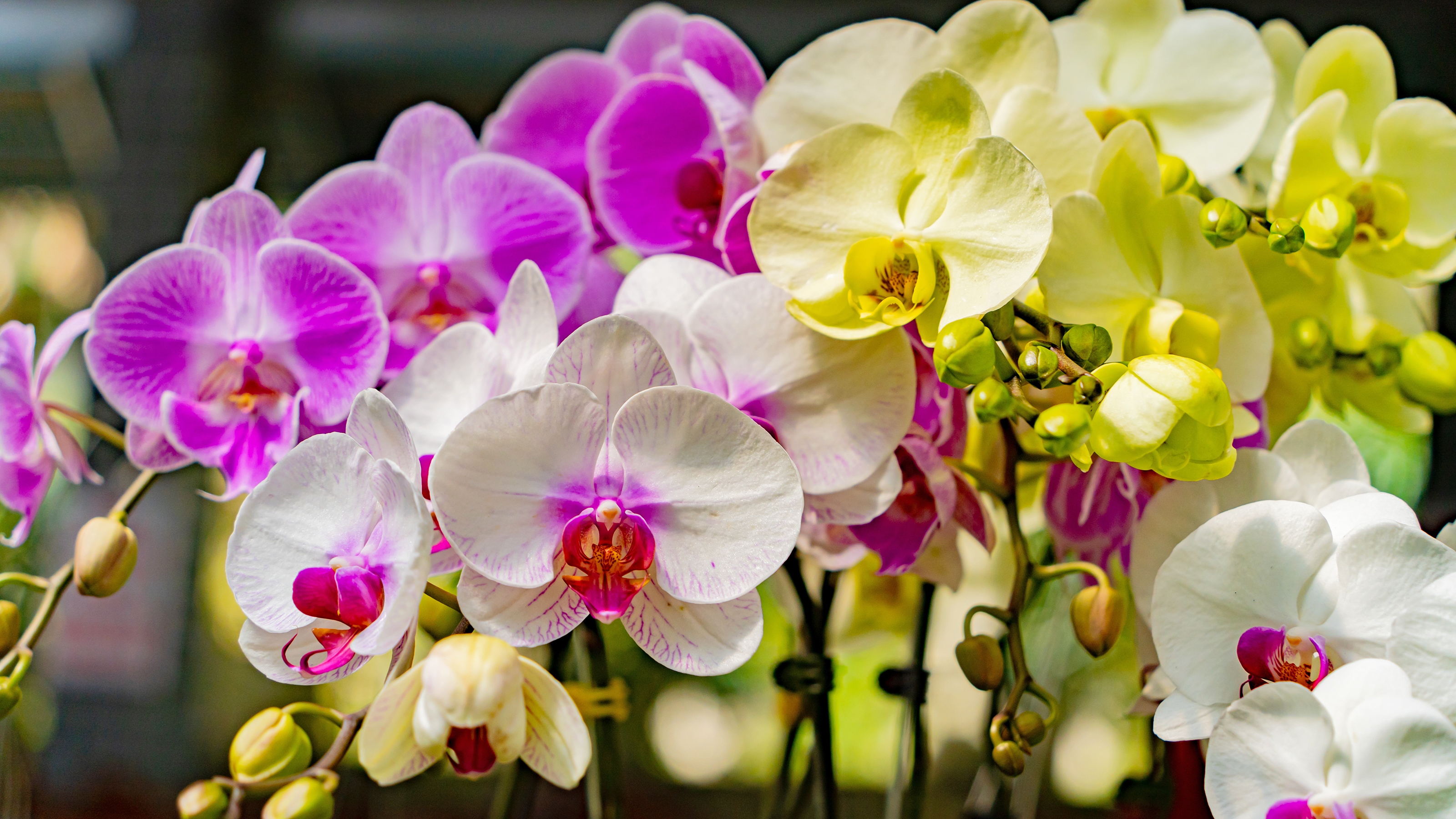

Melanie Griffiths
Orchids are prized for their beautiful, exotic-looking flowers. When grown indoors, it is vital to ensure proper orchid care if plants are to thrive and bloom.
There are thousands of different types of orchids, which vary in their lifespan. Most speceis are epiphytes, which grow nestled in the trees and use aerial roots to get moisture and nutrients from the air.
A smaller number are terrestrial orchids, which grow in the ground and are the most common type seen in gardens.
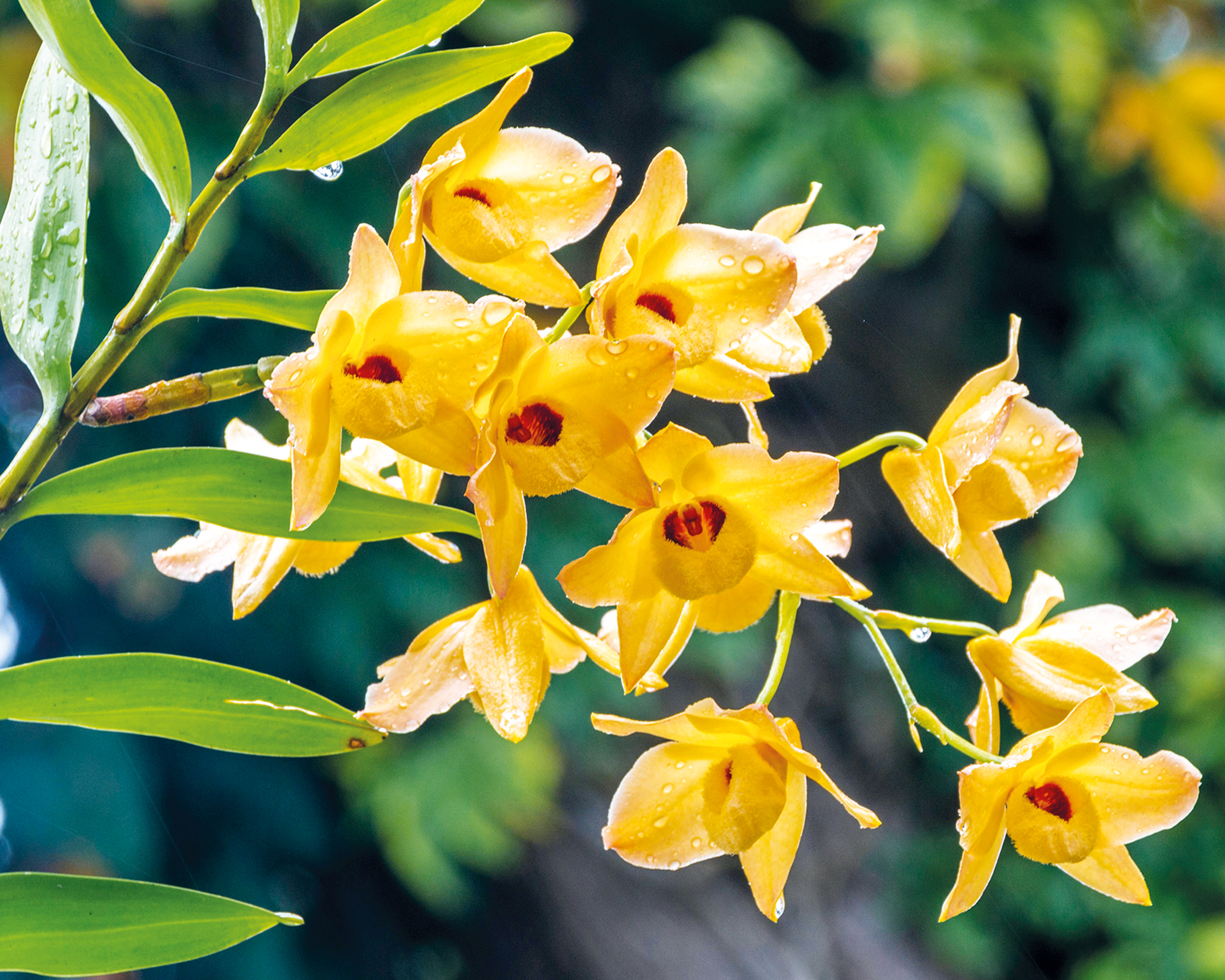
How Long Do Orchids Live?
On average, orchids can live for 15 to 20 years. This is with good care and all the right conditions for plants to thrive. During this period, most orchids bloom once or twice a year for several weeks at a time.
The lifespan of an orchid varies a little by species or type. Most commonly cultivated orchids have the same general lifespan, mostly dictated by how well they are cared for.
Phalaenopsis, or moth orchid, is one of the most common types grown as houseplants. Moth orchids are known to live for 15 to 20 years in good conditions.
Dendrobium orchids are another popular species, which can live for 10 to 15 years. Most other common houseplant species have similar lifespans.
Gardening tips, videos, info and more delivered right to your inbox!
Sign up for the Gardening Know How newsletter today and receive a free copy of our e-book "How to Grow Delicious Tomatoes".
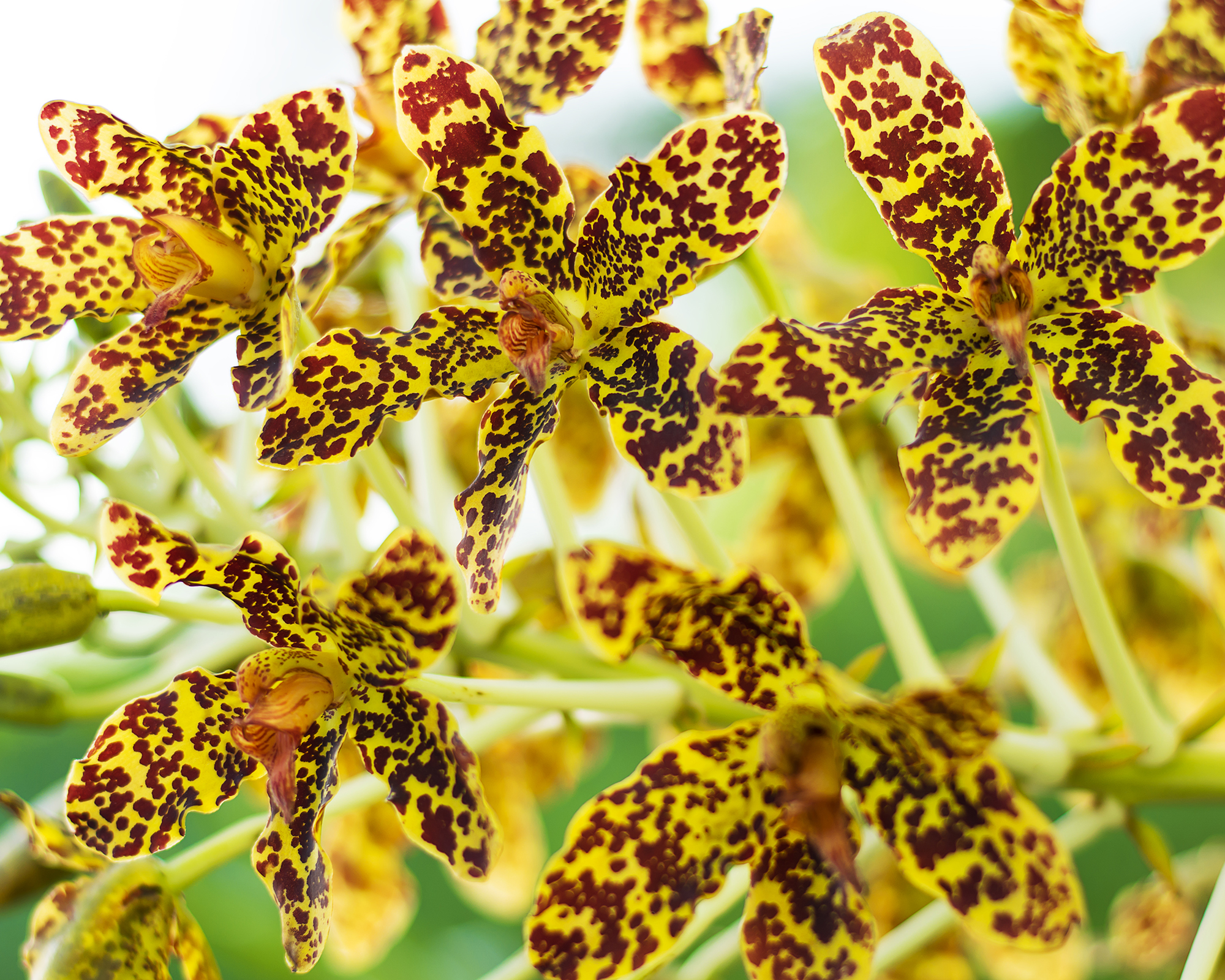
Which Orchids Have The Longest Lifespan?
Giant orchids have longer than average lifespans, but due to their large sizes are not typically grown as houseplants.
One example of a long-lived giant orchid is a specimen of tiger orchid (Grammatophyllum speciosum) growing at the Singapore Botanical Garden.
It was planted in the garden when it opened in 1861 and is still going today, making it more than 150 years old.
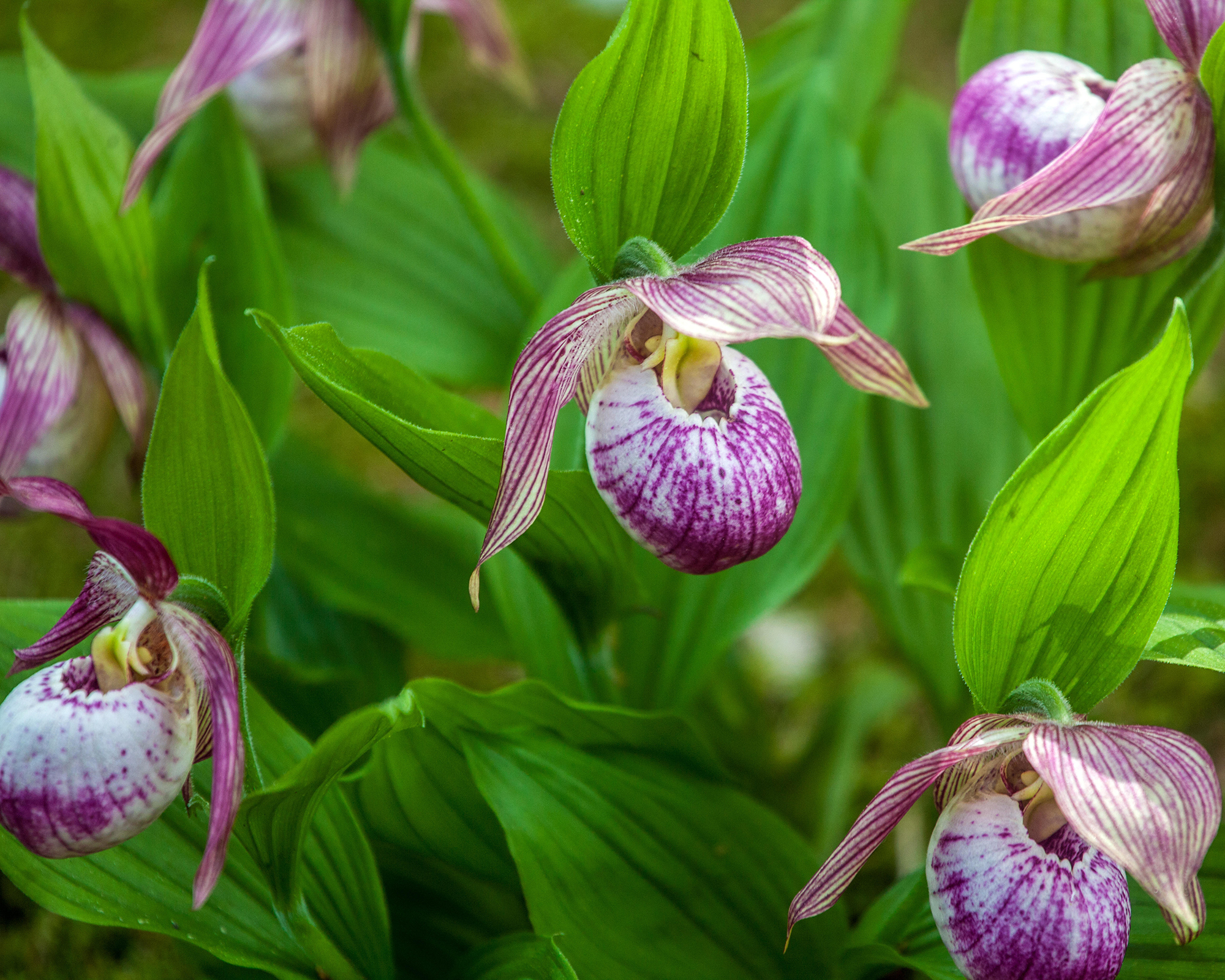
Do Garden Orchids Live For Longer?
Wild orchids living naturally in their native range likely live much longer than potted houseplant orchids. There has been little scientific study of how long orchids live, but some have been known to thrive in the wild for decades or longer.
If you live in a location that can support an orchid outdoors, it’s possible to keep a specimen for much longer than it would live in a container. This is, of course, assuming you can provide it with the right conditions and good care.
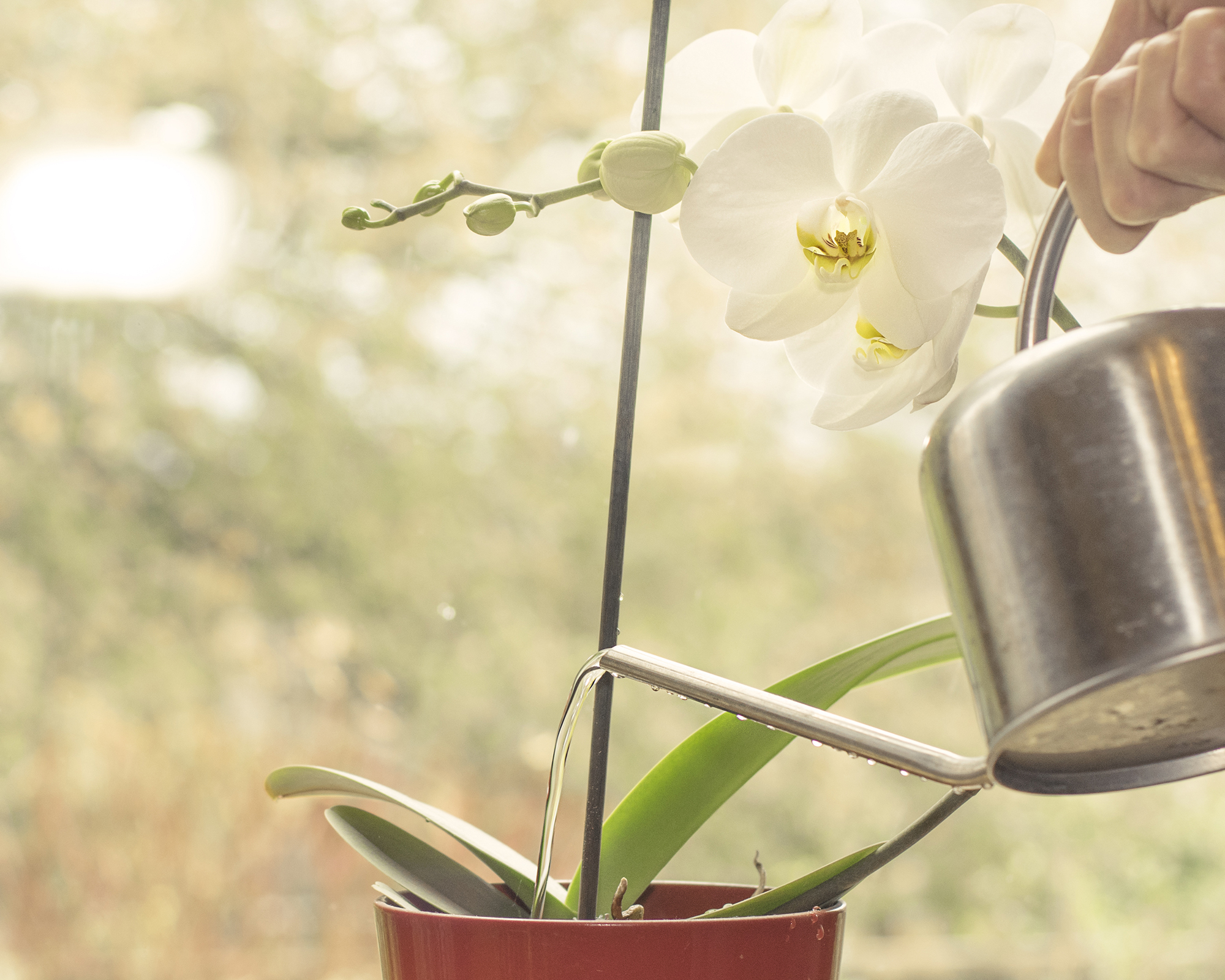
How Can I Extend an Orchid Lifespan?
The lifespan of an orchid plant might vary a little bit depending on the species, but how you care for it matters more. Choose any typical houseplant type of orchid, and take these steps to ensure you are able to enjoy it for many years:
- Potting mix. Start with the right orchid potting mix. Unless you have a terrestrial orchid species that grows in soil, use a mix designed for epiphyte orchids. These are air plants, so they should not have their roots submerged in soil. Orchid potting mix is often a blend of materials like bark, perlite, peat moss, and sphagnum moss.
- Drainage. The potting mix helps ensure drainage. Your orchid will not thrive in soggy conditions. To further promote drainage after watering, use special orchid containers with open slits on the side and holes on the bottom.
- Watering. Watering orchids correctly is vital for helping them live longer. A common error that kills orchids early is overwatering. Let the potting mix just dry out completely before watering again. Once or twice a week is a typical watering schedule for a potted orchid.
- Humidity. Provide adequate humidity. While orchids are sensitive to overwatering, most species thrive with humidity in the air. Use a pebble tray or mist your orchid daily to keep it happy.
- Sunlight. Orchid light needs vary by species, but most thrive in bright but indirect light, at least six hours per day. Too much direct sunlight will cause leaves to turn yellow or brown. Too little light will turn them dark green. Check the leaves to ensure they are getting the right light.
- Fertilizer. Orchid fertilizing should be done about once per week during the growing season. Choose a balanced orchid-specific product or dilute a standard houseplant fertilizer to about half-strength. During winter, or more accurately, after flowering, reduce or stop fertilizing your orchid.
- Temperature. Know your orchid’s temperature needs. Orchids grow in a variety of climates in the wild, so different species thrive in different conditions.
- Repotting. Repot orchids every few years to keep them happy. Go up to a slightly larger container each time. Signs your orchid could use a new pot include roots growing out of the drainage holes and the potting mix breaking down.
If you provide your orchid with everything it needs to thrive it should give you years of beautiful flowers.

Mary Ellen Ellis has been gardening for over 20 years. With degrees in Chemistry and Biology, Mary Ellen's specialties are flowers, native plants, and herbs.
- Melanie GriffithsSenior Editor
-
 Looking For Plants To Give You The Soft And Fuzzies? Try These 5 Fuzzy Leaf Plant Options
Looking For Plants To Give You The Soft And Fuzzies? Try These 5 Fuzzy Leaf Plant OptionsLovers of texture, drama, silver foliage and tactile plants will adore these special sensory garden additions. These fuzzy leaf plant options will leave you all aglow
By Susan Albert
-
 Get Ready For A Summer Of Hummers! Grow These Full Sun Hummingbird Plants and Flowers
Get Ready For A Summer Of Hummers! Grow These Full Sun Hummingbird Plants and FlowersIf you’re lucky enough to enjoy a sunny backyard, make sure you are maxing out on your pollinator opportunities and grow these full sun hummingbird plants and flowers
By Tonya Barnett
-
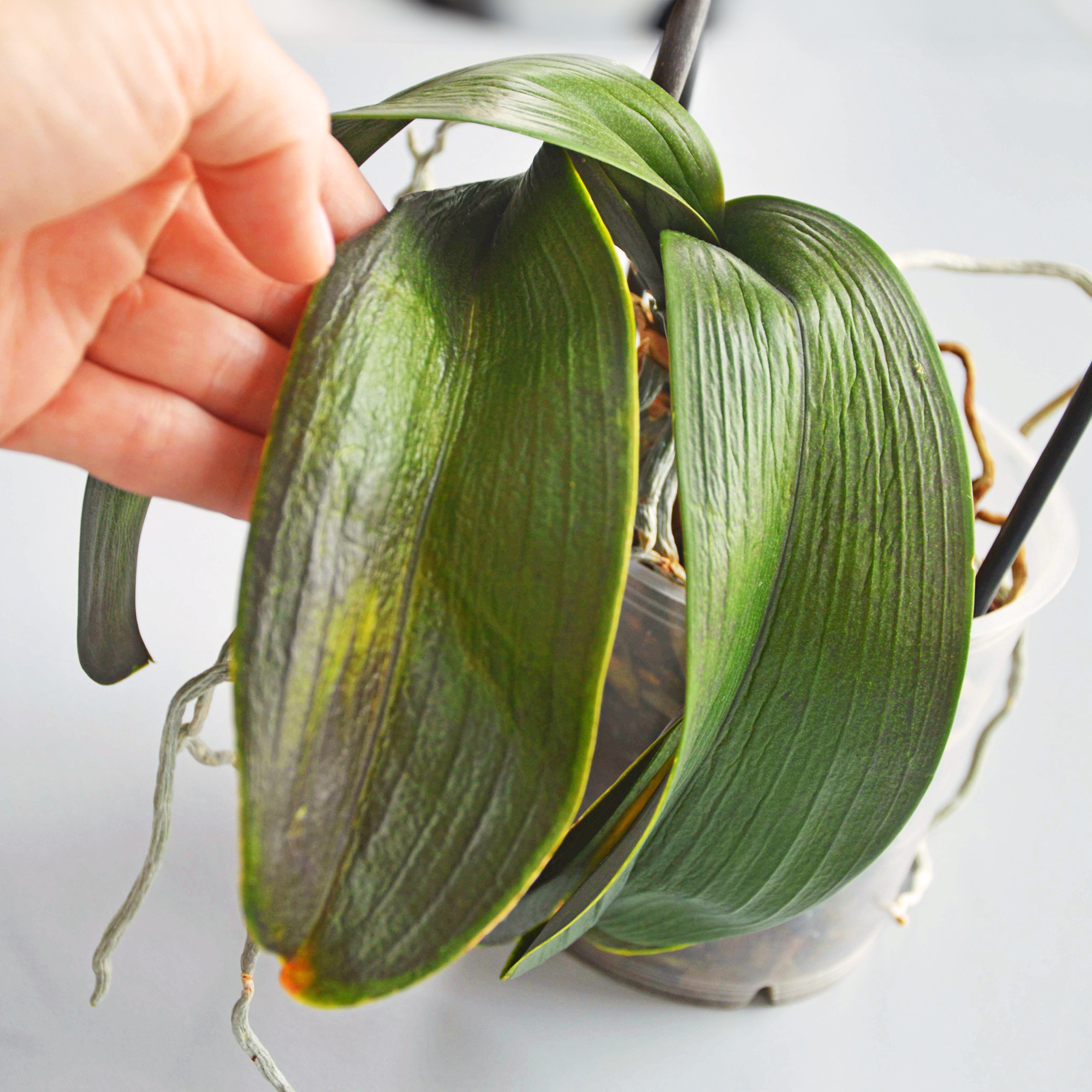 Orchid Leaves Wrinkled? 5 Common Causes & How To Restore Their Vitality
Orchid Leaves Wrinkled? 5 Common Causes & How To Restore Their VitalityAre your beloved orchid's leaves wrinkled? Worry not! Here are the most common causes for puckered orchid foliage, plus how to plump them back up.
By Tonya Barnett
-
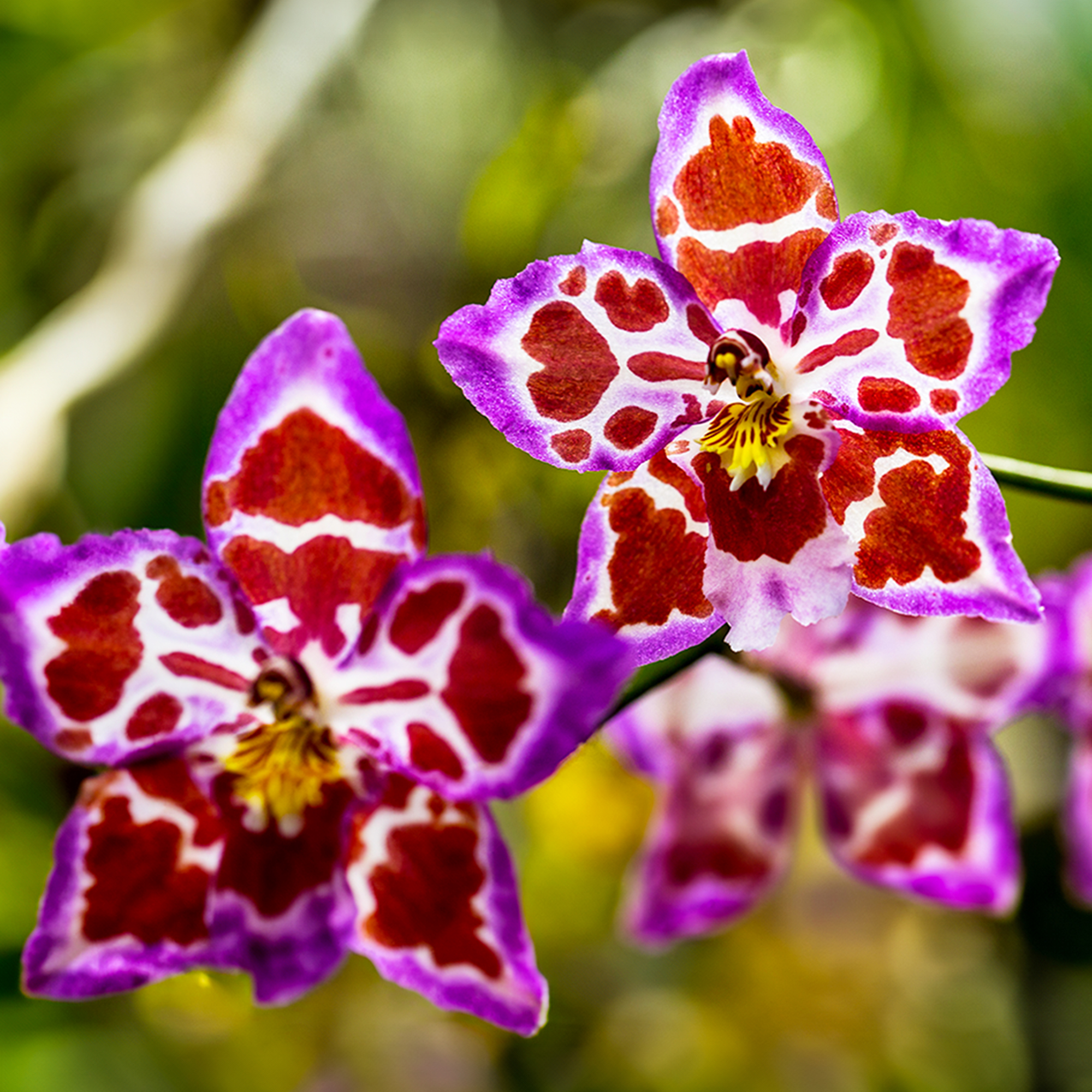 8 Rare Orchids That Make Stunning Houseplants – Some Are Surprisingly Easy To Grow
8 Rare Orchids That Make Stunning Houseplants – Some Are Surprisingly Easy To GrowDiscover unique orchids that will add exotic beauty to your home. Some make easygoing houseplants, while others offer a challenge for more seasoned growers.
By Melanie Griffiths
-
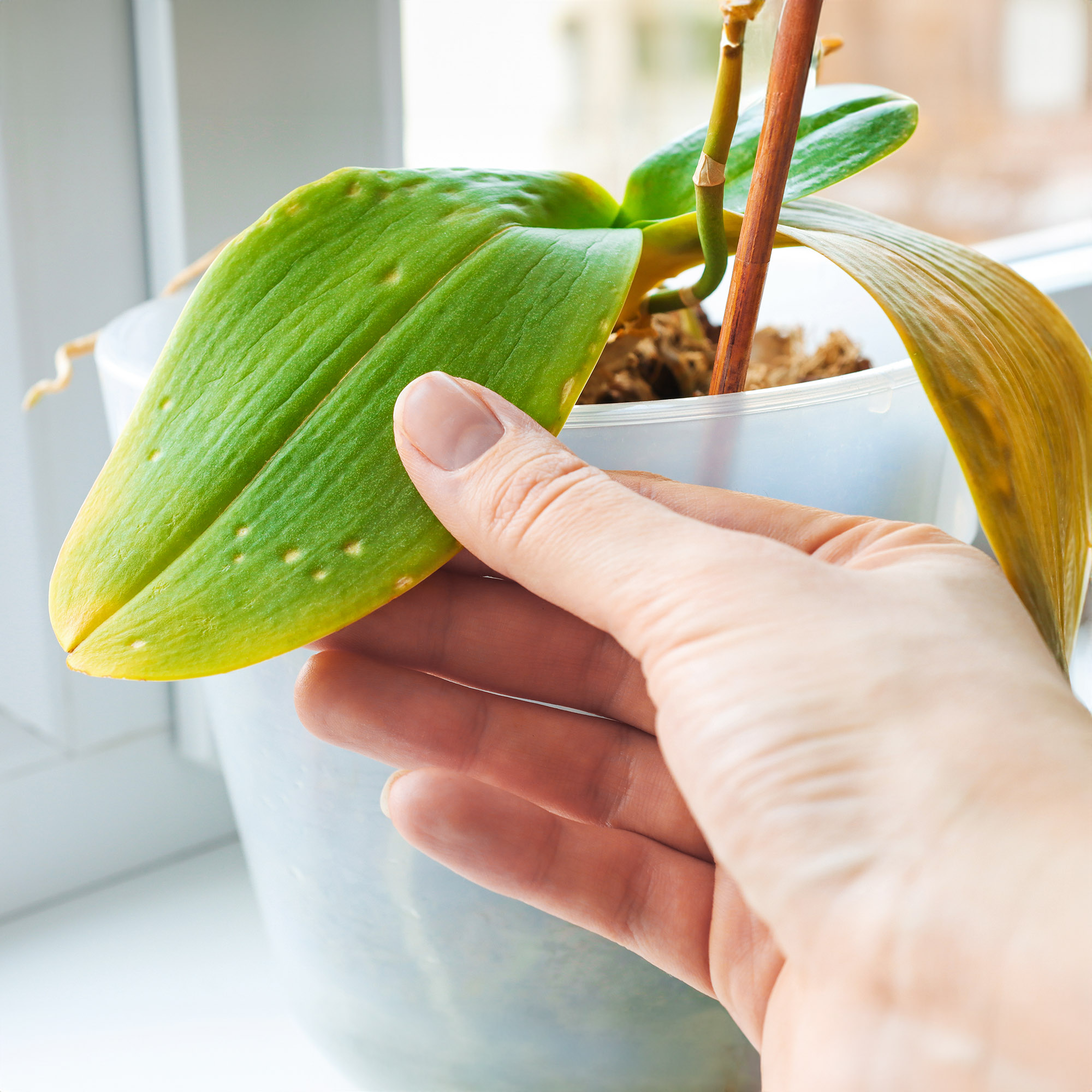 Why Is My Orchid Dying? 5 Common Causes & How To Save It Before It's Too Late
Why Is My Orchid Dying? 5 Common Causes & How To Save It Before It's Too LateStruggling to keep your orchid alive? Learn the top mistakes that cause orchids to decline – and the simple fixes to bring yours back to life.
By Bonnie L. Grant
-
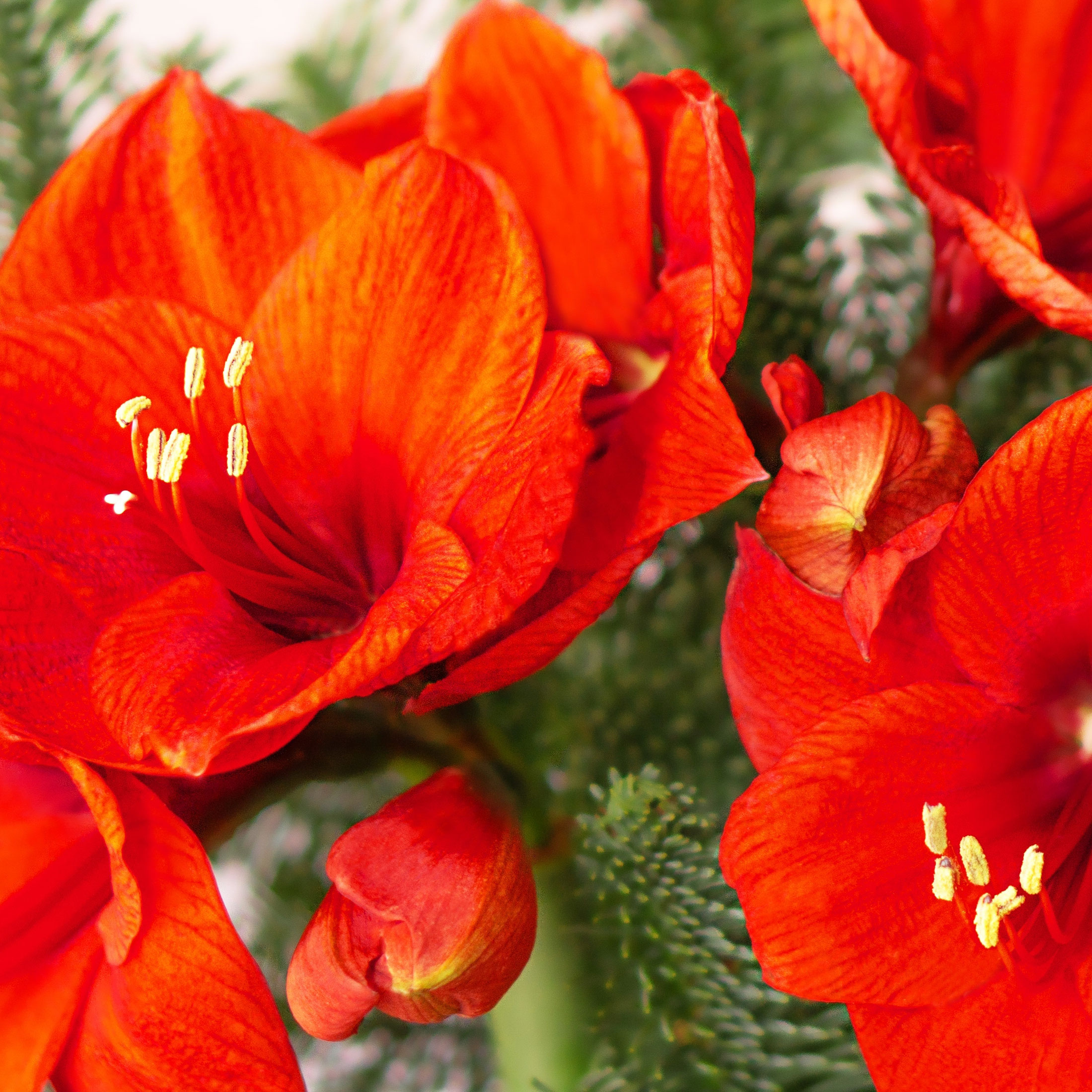 Warm Up Your Winter With Indoor Reds! 8 Red Amaryllis Varieties For Sizzling Seasonal Interest
Warm Up Your Winter With Indoor Reds! 8 Red Amaryllis Varieties For Sizzling Seasonal InterestWell loved as a bold decorative holiday bloomer, the red amaryllis is a hot favorite for winter displays. These red amaryllis varieties are guaranteed to fire up the season
By Tonya Barnett
-
 Dendrobium Nobile Orchid: How To Care For This Graceful, Easy-Going Houseplant
Dendrobium Nobile Orchid: How To Care For This Graceful, Easy-Going HouseplantLearn how to care for elegant dendrobium nobile orchids. These undemanding plants make a stunning addition to any orchid collection and are ideal for beginners.
By Bonnie L. Grant
-
 Poinsettia Pinks: 7 Pink Poinsettias To Grow For Neon Hot Tones And Cool Pretty Pastels
Poinsettia Pinks: 7 Pink Poinsettias To Grow For Neon Hot Tones And Cool Pretty PastelsWhile the traditional red poinsettia is a staple of many homes over the holiday period, they are not your only option. For cheerful brights or pastels, why not grow pink poinsettias?
By Tonya Barnett
-
 Want Amaryllis But Not Red? Try These 8 White Amaryllis Varieties For The Ultimate Elegance
Want Amaryllis But Not Red? Try These 8 White Amaryllis Varieties For The Ultimate EleganceYou’re probably familiar with the crisp red blooms of the traditional amaryllis – but if you feel like something more unusual and elegant, why not try white amaryllis?
By Mary Ellen Ellis
-
 Are Poinsettias Poisonous To Cats? What You Need To Know For Happy, Healthy Felines
Are Poinsettias Poisonous To Cats? What You Need To Know For Happy, Healthy FelinesThey have the potential to brighten up homes long after the holidays, but are poinsettias poisonous to cats? Make sure you read this before mixing the two!
By Susan Albert